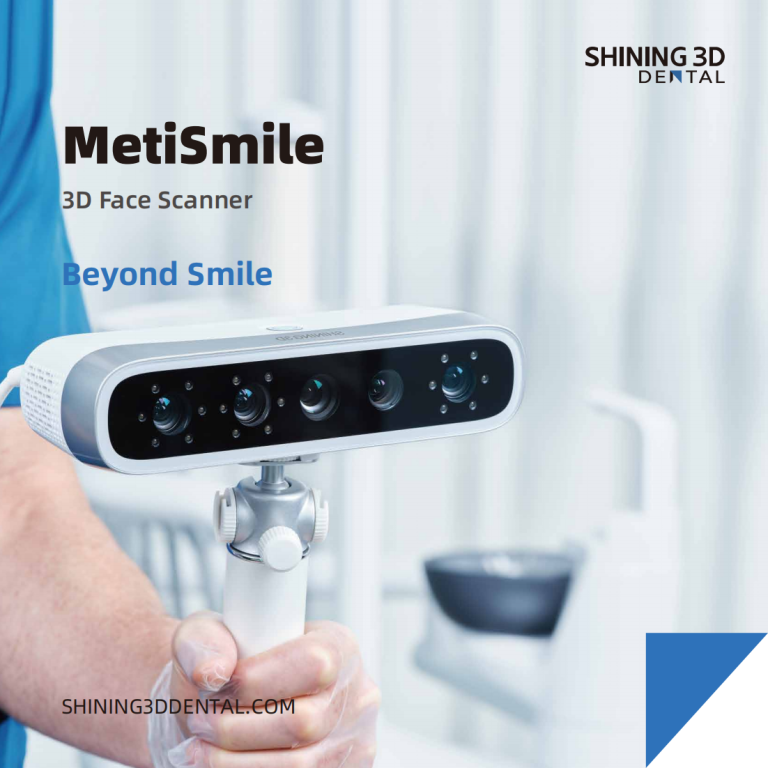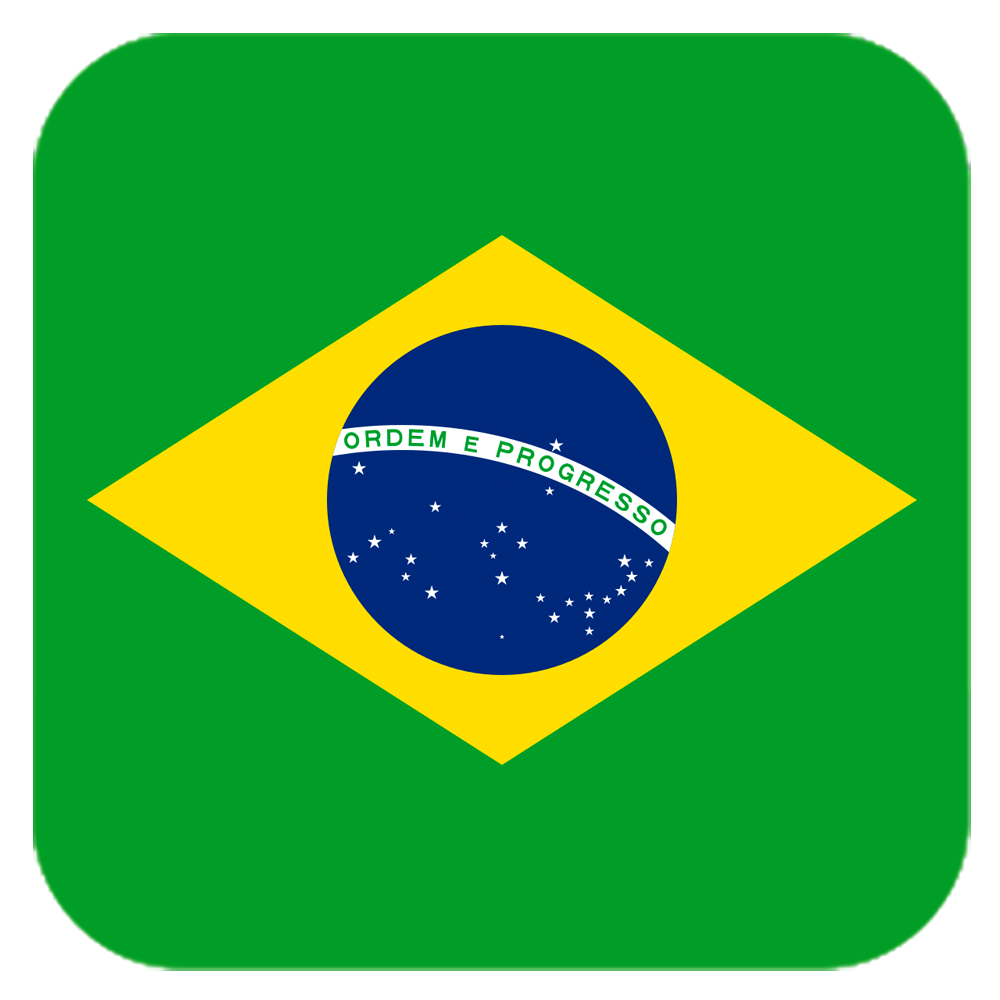In modern dental care, understanding the relationship between a patient’s facial features and dental structure is increasingly important. At SHINING 3D DENTAL, we focus on facial scanner technology that captures precise three-dimensional data of the face. This data allows dental professionals to plan treatments with higher accuracy while improving communication with patients.

How Facial Scanners Capture Detailed Anatomy
Facial scanners use structured light and multiple cameras to record the shape and contours of a patient’s face. The technology captures fine details such as facial symmetry, soft tissue dimensions, and spatial relationships with dental structures. By combining these data points, dental professionals gain a complete understanding of the patient’s anatomy. The result is a three-dimensional digital model that accurately reflects the patient’s facial features in real time.
Integration with Dental Workflows
The value of facial scanning extends beyond data capture. SHINING 3D DENTAL facial scanners integrate seamlessly with intraoral scanners and CAD software to create a complete digital workflow. By linking facial data with dental scans, clinicians can plan restorative and cosmetic procedures with a more comprehensive view of the patient. This integration helps improve the alignment of dental work with facial features, supporting outcomes that are functional and aesthetically balanced.
Precision and Consistency in Treatment Planning
Digital facial models provide a consistent reference for multiple stages of treatment. Whether planning orthodontic adjustments, implant placement, or full arch restorations, the scanner ensures that measurements are precise and repeatable. This consistency reduces the risk of errors that can occur when relying solely on traditional impressions or visual estimates. With accurate digital models, dental professionals can make informed decisions at each step of the procedure.
Enhancing Communication and Patient Understanding
Facial scanning also improves communication between dental professionals and patients. Three-dimensional visualizations allow patients to see how proposed treatments may affect their appearance. This transparency increases understanding and engagement, helping patients feel more confident in their treatment choices. By providing clear visual data, we support informed discussions that align expectations with achievable results.
Conclusion
Facial scanner technology is a critical tool in modern dentistry. At SHINING 3D DENTAL, we provide solutions that capture detailed facial anatomy, integrate seamlessly with dental workflows, and offer precise, consistent data for treatment planning. By combining three-dimensional scanning with digital dental tools, we help dental professionals deliver treatments that are accurate and well-coordinated with each patient’s facial structure. As the use of digital technologies continues to grow, facial scanners remain a vital component for improving clinical outcomes and patient experience worldwide.
 ENG
ENG








